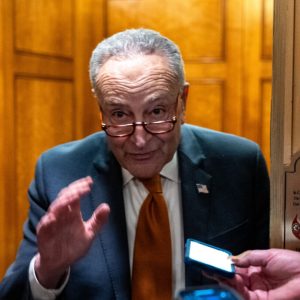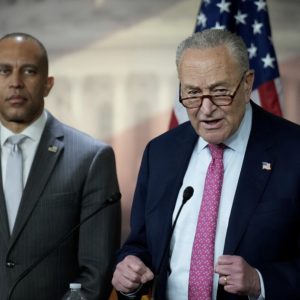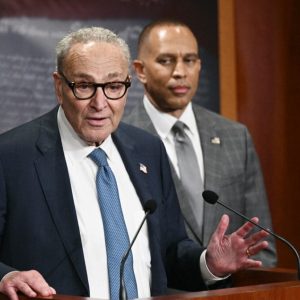The U.S. Supreme Court on Wednesday appeared ready to narrow how federal courts interpret Section 2 of the Voting Rights Act, a move that could shield state lawmakers from redistricting challenges where race and party overlap. The outcome could significantly shift the balance of voting rights protections and states’ redistricting authority in racially polarized regions.
In Louisiana v. Callais, the conservative majority expressed interest in a legal theory first backed by the Trump Justice Department. This approach would make it more difficult for plaintiffs to prove racial vote dilution when political preferences, especially in the South, are closely tied to race. Such overlap is a defining feature of modern Southern politics, where Black voters lean Democratic and white voters Republican.
The case stems from Louisiana’s 2022 congressional map, which contained only one majority-Black district out of six, despite the state’s Black population comprising about a third of its residents. A federal court found the map likely violated Section 2, prompting lawmakers to draw a second majority-Black district. However, white voters challenged the remedial map, arguing it constituted unconstitutional racial gerrymandering. A judge sided with them.
Louisiana then reversed its position and urged the Court to curb or eliminate race-conscious districting. Rather than strike Section 2 down entirely, conservative justices focused on a narrower theory offered by Principal Deputy Solicitor General Hashim Mooppan. He argued that if partisan goals—not racial motives—guide redistricting, states should be shielded from liability under Section 2, even when race and partisanship closely align.
Chief Justice John Roberts and Justice Brett Kavanaugh explored whether this interpretation aligns with earlier rulings like Allen v. Milligan and Thornburg v. Gingles. Meanwhile, the Court’s liberal justices cautioned that allowing partisan defenses could undermine Section 2 entirely in the South. A ruling is expected in 2025 and could have sweeping consequences for future redistricting battles.





